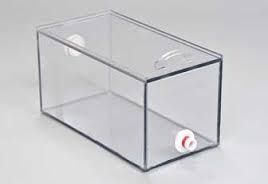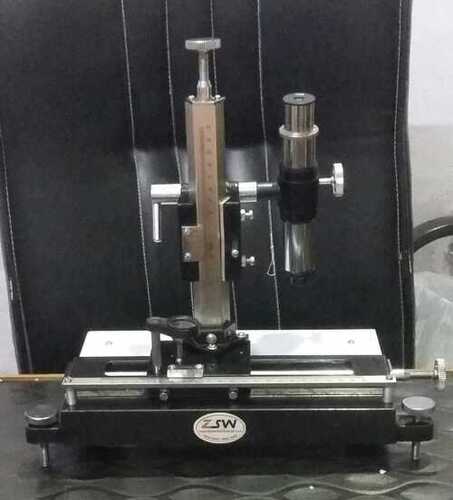Student Organ Bath

Product Details:
- Color Silver And Transparent
- Material Stainless Steel
- Voltage 110V -220 Volt (v)
- Product Type Organ Bath
- Dimension (L*W*H) 203.2 x 127 x 127 Millimeter (mm)
Student Organ Bath Price And Quantity
- 3500 INR/Unit
- 1 Unit
Student Organ Bath Product Specifications
- Stainless Steel
- Silver And Transparent
- 110V -220 Volt (v)
- Organ Bath
- 203.2 x 127 x 127 Millimeter (mm)
Student Organ Bath Trade Information
- Cash in Advance (CID), Cash Advance (CA)
- 1000 Unit Per Week
- 1 Week
- Yes
- Sample costs shipping and taxes has to be paid by the buyer
- Australia, North America, South America, Eastern Europe, Western Europe, Middle East, Africa, Central America, Asia
- All India
Product Description
A student organ bath is a device used to culture or cultivate a single organ or tissue sample in a controlled environment. It is a self-contained system that provides a controlled environment for the sample to be kept in a liquid medium. The system typically consists of a heating element, a circulating pump, and a container for the organ or tissue sample. The container is usually made of a material such as glass, metal, or plastic, and is designed to provide an oxygen-rich environment that is conducive to the growth of cells. The system also includes a temperature control system that can be adjusted to maintain a desired temperature during the culture period.
Frequently Asked Questions
Q1: How should I prepare the organ bath?
A1: Before beginning the experiment, the organ bath should be filled with a solution of the desired temperature and composition. The solution should also be aerated, and the organ should be placed in the bath in a manner that allows for its proper function. The bath should also be monitored closely to ensure that the temperature and composition of the solution remain constant.
Q2: What type of organ bath is best for my experiment?
A2: The type of organ bath that is best for your experiment will depend on the type of organ being studied and the objectives of the experiment. For example, if you are studying cardiac muscle, a Langendorff perfusion apparatus might be the best option. Alternatively, a bath with a heating element and thermostat may be the best choice for experiments involving smooth muscle.
Q3: What are the benefits of using an organ bath?
A3: Using an organ bath allows researchers to study an organ in a controlled environment, without the need for an animal model. This eliminates the need to use animals and also allows for more precise control of the environment in which the organ is studied. Additionally, an organ bath can be used to study the effects of certain drugs on an organ without the need for invasive procedures.
Q4: How should the organ be removed from the bath?
A4: Care should be taken when removing the organ from the bath. If the organ is placed in a culture dish, it should be removed using forceps and placed in a container with a solution that is of the same temperature and composition as the bath solution. If the organ is still in the bath, it should be slowly and carefully removed from the bath solution and placed in a container of the same temperature and composition as the bath solution.
Q5: What safety precautions should I take when working with an organ bath?
A5: When working with an organ bath, it is important to take safety precautions to protect both yourself and the organ. Wear gloves to avoid coming into contact with the bath solution, and make sure to keep the temperature and composition of the solution constant. Additionally, be sure to regularly monitor the bath to ensure that it is functioning properly.

Price:
- 50
- 100
- 200
- 250
- 500
- 1000+







